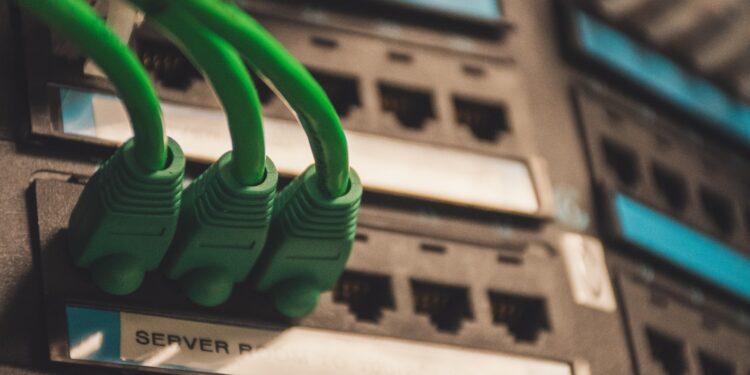Introduction
In the ever-evolving landscape of technology, the term “component technologies” may not be as familiar as buzzwords like artificial intelligence or blockchain. Yet, these underlying building blocks are the unsung heroes of innovation, playing a crucial role in shaping the devices and systems that define our modern world. In this article, we will explore the concept of component technologies, their significance, and how they drive advancements in various industries.
What Are Component Technologies?
Component technologies refer to the fundamental parts or elements that make up more complex systems, devices, or products. They are the essential building blocks upon which innovations are constructed. These components can be physical, such as microchips, sensors, and mechanical parts, or virtual, including software libraries, algorithms, and protocols.
The Significance of Component Technologies
The significance of component technologies lies in their versatility and reusability. They serve as the foundation for a wide range of applications and innovations, offering the following benefits:
- Modularity: Component technologies are designed to be modular, allowing developers and engineers to mix and match them to create customized solutions. This modularity enhances flexibility and accelerates the development process.
- Interoperability: Many component technologies are designed to be compatible with one another, enabling seamless integration. This interoperability is essential for the creation of complex systems and ecosystems.
- Cost-Efficiency: By leveraging existing component technologies, developers can reduce development costs and time-to-market. They do not need to reinvent the wheel but can build upon established solutions.
- Scalability: Component technologies are often scalable, meaning they can be adapted to suit different requirements and scales of operation. This scalability is particularly important in the era of rapid technological advancement.
Examples of Component Technologies
Let’s explore a few examples of component technologies and their applications:
- Microprocessors and Microcontrollers: Microprocessors, such as those from Intel or AMD, are at the heart of computers and smartphones. Microcontrollers, like those from Arduino or Raspberry Pi, power countless embedded systems, from smart appliances to robotics.
- Sensors: Various sensors, including accelerometers, gyroscopes, and environmental sensors, enable the functionality of smartphones, fitness trackers, and autonomous vehicles. They provide data that informs decision-making and automation.
- Communication Protocols: Standards like Wi-Fi, Bluetooth, and Ethernet are essential for connecting devices and enabling the Internet of Things (IoT). They allow for seamless data exchange between devices in homes, factories, and cities.
- Software Libraries: Software libraries and frameworks, such as TensorFlow for machine learning or React for web development, provide pre-built code modules that simplify and speed up software development.
- Semiconductors: The semiconductor industry produces the integrated circuits that power electronic devices, from memory chips to microcontrollers. Advancements in semiconductor technology have led to more powerful and energy-efficient devices.
- Machine Learning Algorithms: Algorithms for machine learning, like support vector machines and neural networks, are core components of artificial intelligence applications, including image recognition, natural language processing, and autonomous driving.
Applications Across Industries
Component technologies find applications across various industries, driving innovation and progress:
- Healthcare: In the medical field, component technologies such as biosensors and wearable devices play a vital role in monitoring patients’ health and enabling telemedicine. Advanced imaging technologies, powered by semiconductors, aid in diagnostics and treatment.
- Manufacturing: In manufacturing, automation relies on sensors, controllers, and communication protocols to optimize production processes. Industrial robots, guided by microcontrollers and machine learning algorithms, enhance efficiency and precision.
- Agriculture: Precision agriculture uses sensors, GPS technology, and data analytics to optimize crop management, conserve resources, and improve yields. Drones equipped with sensors enable aerial monitoring of large farmlands.
- Transportation: Component technologies power electric vehicles, self-driving cars, and efficient public transportation systems. Advanced sensors, microprocessors, and communication protocols enable connected and autonomous vehicles.
- Energy: Smart grid technologies, built upon communication protocols and sensors, enhance the efficiency and reliability of energy distribution. Solar panels and wind turbines benefit from semiconductor advances.
- Finance: In the financial industry, high-frequency trading relies on fast microprocessors and communication networks. Blockchain technology, underpinned by cryptographic algorithms, revolutionizes secure transactions.
The Future of Component Technologies
As technology continues to advance, component technologies will play an increasingly significant role in shaping the future. Here are some trends and developments to watch for:
- Miniaturization: Components will continue to shrink in size while becoming more powerful. This trend will enable the development of smaller and more energy-efficient devices.
- AI Integration: Artificial intelligence will be integrated into a wide range of component technologies, enhancing their capabilities. For example, sensors will become more intelligent, and microcontrollers will include AI accelerators.
- Quantum Computing: Quantum computing promises to revolutionize component technologies by providing unprecedented processing power. This could lead to breakthroughs in cryptography, materials science, and optimization.
- Sustainability: Sustainability will be a key consideration in the development of component technologies. Energy-efficient semiconductors, recyclable materials, and eco-friendly manufacturing processes will become more prevalent.
- Interconnectivity: The proliferation of IoT devices will drive the development of standardized communication protocols and security measures to ensure seamless interconnectivity.
Conclusion
Component technologies are the unsung heroes of modern innovation, serving as the essential building blocks that drive progress across various industries. Their modularity, interoperability, and scalability make them indispensable for developers and engineers seeking to create cutting-edge solutions. As technology continues to advance, the role of component technologies will only become more significant, shaping the future of our increasingly interconnected and intelligent world.






